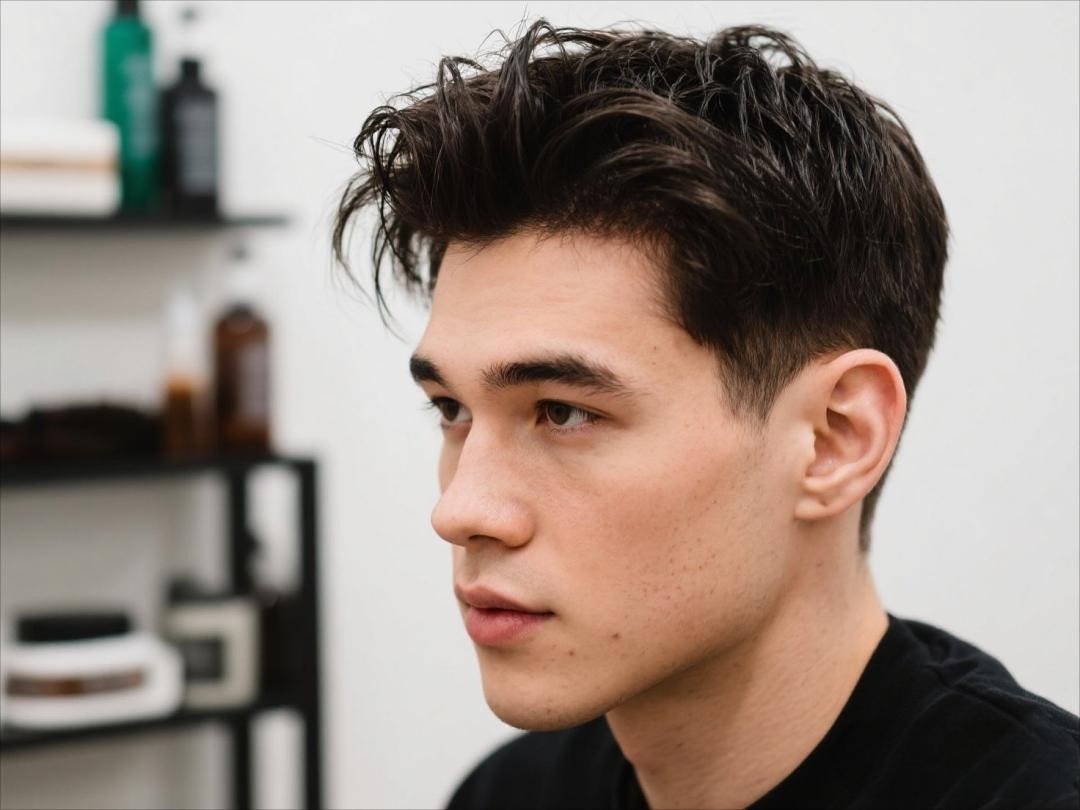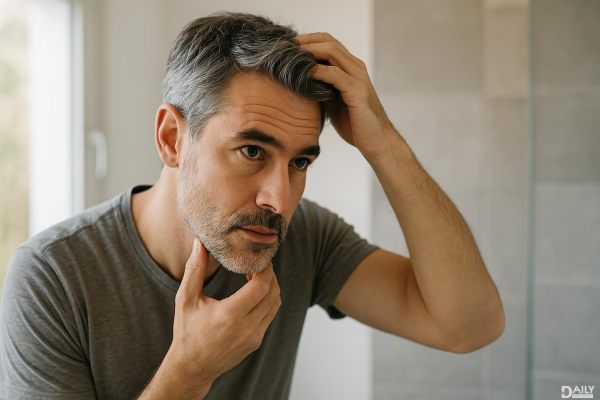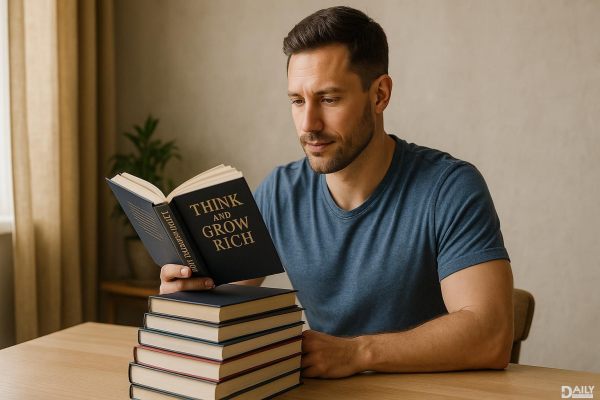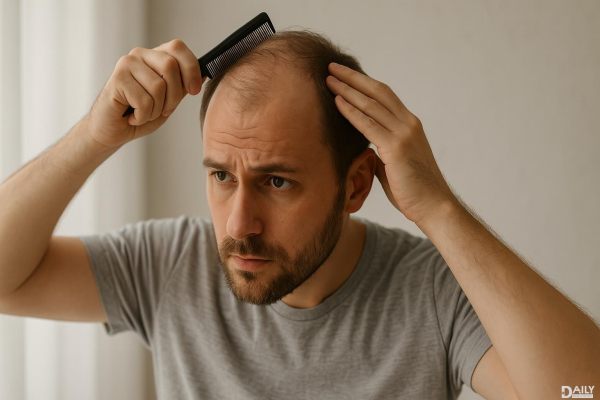Beards have been more than just facial hair throughout history—they've been symbols of wisdom, power, and even rebellion. Some men didn’t just grow beards; they turned them into legendary statements that defined their eras. From ancient philosophers to wild frontiersmen, these iconic figures proved that a well-groomed (or wildly untamed) beard could shape their legacy just as much as their actions. So, let’s dive into the stories of ten legendary men whose facial hair wasn’t just a style choice—it was history in the making.

If you’ve ever pictured a wise old man stroking his beard while dropping truth bombs, you’re probably thinking of Socrates. The ancient Greek philosopher’s beard wasn’t just for show—it was a symbol of his unyielding pursuit of knowledge. In a time when clean-shaven faces were the norm among Athenian elites, Socrates’ scraggly beard set him apart as a man who cared more about wisdom than vanity. His facial hair became so iconic that later philosophers, like Plato and Aristotle, adopted the look as a badge of intellectual honor. Even today, when artists depict wisdom, they often reach for the classic "Socratic beard" as shorthand for deep thought and enlightenment.
No beard in history screams "fear me" quite like Ragnar Lothbrok’s. Whether he was a real Viking warlord or a legend stitched together from multiple warriors, one thing’s for sure—his beard was as fierce as his reputation. Viking culture prized beards as signs of masculinity and strength, and Ragnar’s thick, braided facial hair was basically a battle accessory. Some sagas even claim he twisted his beard into knots before raids to intimidate enemies. While historians debate his existence, pop culture has cemented his bearded image, from Norse sagas to the hit TV show "Vikings," where his wild, untamed look became synonymous with Viking ferocity.
Leonardo da Vinci’s beard wasn’t just stylish—it was a masterpiece in itself. The ultimate Renaissance man, known for painting the Mona Lisa and sketching futuristic inventions, also sported a meticulously groomed beard that matched his artistic precision. In an era where beards were making a comeback after centuries of clean-shaven trends, da Vinci’s facial hair reflected his innovative spirit. His flowing white beard in later life became part of his mystique, making him instantly recognizable in portraits. Some historians even suggest his beard was a deliberate choice to align himself with the wise elder archetype, reinforcing his reputation as a polymath genius.
When you’re surviving blizzards, grizzly attacks, and hostile territory in the American frontier, shaving probably isn’t high on your to-do list. That’s why Jim Bridger, one of the most famous mountain men of the 19th century, rocked a beard that looked like it could house small animals. His untamed facial hair wasn’t just practical—it was a badge of honor among fur trappers and explorers. Bridger’s beard told stories of survival, from freezing winters in the Rockies to tense negotiations with Native American tribes. In a time when most men in cities were clean-shaven, Bridger’s wild whiskers symbolized the untamed spirit of the West.
Karl Marx didn’t just write "The Communist Manifesto"—he also penned the blueprint for the ultimate revolutionary beard. His thick, bushy facial hair wasn’t just a personal style; it became a political statement. In Victorian England, where well-trimmed beards were the norm, Marx’s unruly mane stood out as a rejection of bourgeois grooming standards. Later, his beard became a symbol of radical thought, inspiring generations of socialists and activists. Even today, when protesters want to channel revolutionary energy, they often grow out their beards in homage to Marx’s iconic look.
Wild Bill Hickok’s beard was as dramatic as his life—part gunslinger, part showman, all legend. Unlike the scruffy mountain men of his time, Hickok kept his mustache and beard neatly styled, adding to his dashing reputation. His facial hair framed his sharp eyes and hardened expression, making him instantly recognizable in saloons and showdowns. Some say he grew his beard to cover scars from knife fights, while others claim it was pure showmanship. Either way, his look became so iconic that dime novelists and later Hollywood actors copied it, cementing the "Wild Bill beard" as shorthand for Old West danger and charm.
Hemingway’s beard wasn’t just facial hair—it was a lifestyle choice. The Pulitzer-winning author, known for his adventurous spirit and macho persona, grew his beard as an extension of his rugged image. Whether he was deep-sea fishing in Cuba or hunting in Africa, Hemingway’s beard was part of his brand. In the 1950s, when corporate America favored clean-shaven executives, Hemingway’s salt-and-pepper scruff stood out as a rejection of conformity. His beard became so legendary that today, "Hemingway-esque" is shorthand for a certain kind of tough, worldly masculinity.
No list of legendary beards would be complete without ZZ Top’s Billy Gibbons, whose floor-length beard is practically a rock institution. While most musicians focus on their sound, Gibbons turned his beard into a visual spectacle, pairing it with sunglasses and a low-slung guitar. The beard became so iconic that fans speculated it had its own rider in the band’s contracts. Gibbons once joked that he started growing it to avoid shaving, but over decades, it became a symbol of ZZ Top’s bluesy, rebellious vibe. In a world of ever-changing trends, Gibbons’ beard remains a constant—proof that some legends only get better with time.
Before beards were mainstream in sports entertainment, Hulk Hogan’s blonde mustache-and-beard combo was as recognizable as his red and yellow tights. The wrestling superstar didn’t just have a beard—he had a trademark look that became part of his superhero persona. Hogan’s facial hair amplified his expressions in the ring, making his signature moves like the "Hulkster’s flex" even more dramatic. In the 1980s and ’90s, kids everywhere tried to mimic his look with fake mustaches, proving that Hogan’s beard wasn’t just facial hair—it was pop culture.
While not tied to one person, the 21st-century beard revival deserves a shoutout for bringing facial hair back in a big way. From Brooklyn baristas to Silicon Valley CEOs, the modern beard movement has turned scruff into a statement. Whether it’s the meticulously oiled "lumbersexual" look or the untamed "wildman" style, today’s beards owe a debt to the legends who wore them first. Social media has amplified the trend, with beard competitions and grooming tutorials turning facial hair into an art form. Who knows? The next legendary beard might be growing right now on someone’s face, waiting to make history.
From ancient thinkers to modern rebels, these ten men proved that a beard isn’t just about style—it’s about identity. Whether they wore it for wisdom, power, or sheer defiance, their facial hair became as legendary as their deeds. So next time you see a beard, remember: it might just be the start of someone’s legacy.
























